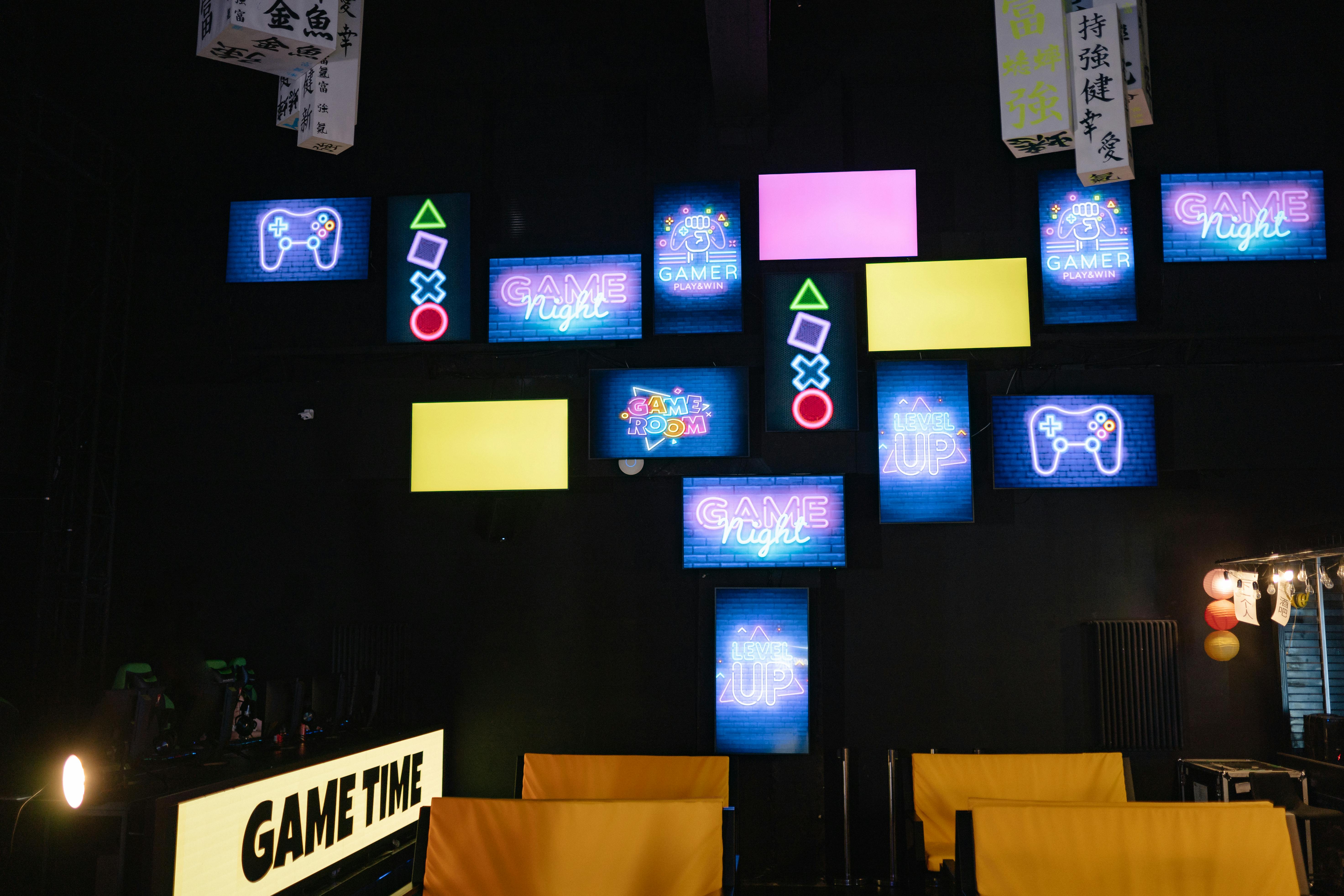Resurgence of Pixel Art in Modern Gaming
Bygone eras of gaming have made a surprising comeback in recent years, with pixel art experiencing a resurgence in popularity. This retro aesthetic, characterized by its minimalistic, blocky graphical style, is now a prominent feature in many modern games. This article explores this retro revival, discussing the historical context of pixel art, its comeback in the gaming industry, and the cultural impact it has made.

The Origins of Pixel Art
Pixel art was born out of necessity during the early days of video gaming, when hardware limitations forced developers to use this simple, blocky style. Games like “Super Mario Bros.” and “The Legend of Zelda” are iconic examples of this style. However, as technology advanced, so did the graphics, and pixel art was largely abandoned in favor of more realistic imagery.
Pixel Art’s Unexpected Return
Fast-forward to the 21st century, and pixel art is experiencing a revival. Indie developers, in particular, have embraced this style, using it to create visually striking games. Games like “Stardew Valley,” “Shovel Knight,” and “Hyper Light Drifter” are shining examples of modern games that utilize pixel art to great effect. This resurgence can be attributed to a number of factors, including nostalgia, artistic expression, and the cost-effectiveness of creating pixel art compared to more complex styles.
The Cultural Impact of Pixel Art’s Revival
The return of pixel art has had a significant cultural impact. For one, it’s brought a wave of nostalgia, appealing to gamers who grew up playing pixel art games. It’s also enabled indie developers to punch above their weight, creating visually stunning games on a shoestring budget. Furthermore, pixel art has a unique charm that differentiates it from the photorealistic graphics seen in many AAA games, contributing to the diversity of visual styles in modern gaming.
Player Reception of the Pixel Art Revival
Player reception of pixel art’s resurgence has been overwhelmingly positive. Many gamers appreciate the style’s simplicity, nostalgia, and the creativity it allows developers to express. Moreover, pixel art games often focus on gameplay, story, and atmosphere rather than graphics, which many players find refreshing.
In conclusion, the resurgence of pixel art in modern gaming is a fascinating trend, offering a unique blend of nostalgia and creativity. As we move forward, it will be interesting to see how this art style continues to influence the gaming industry.




